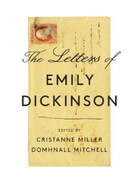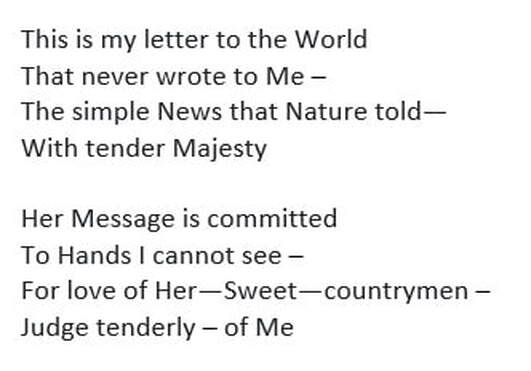| If you’re looking for a particular word used in a poem, you can use the online Dickinson archive, click HERE. |
| If you’re interested in reading some of Dickinson’s correspondences, check out this link, click HERE. |
| AND – if interested in her letters – I’ve got some news for you: Coming this April, Harvard University Press is publishing a new edition of Emily Dickinson’s correspondence — expanded and revised for the first time in over sixty years. The Letters of Emily Dickinson presents all 1,304 of her extant letters, along with the small number available from her correspondents. PLUS – to celebrate this publication, the HUP will host a program – in-person and online – at Amherst College’s Frost Library on Wednesday, April 3. Information about the program and a link to register can be found HERE. |




 RSS Feed
RSS Feed
